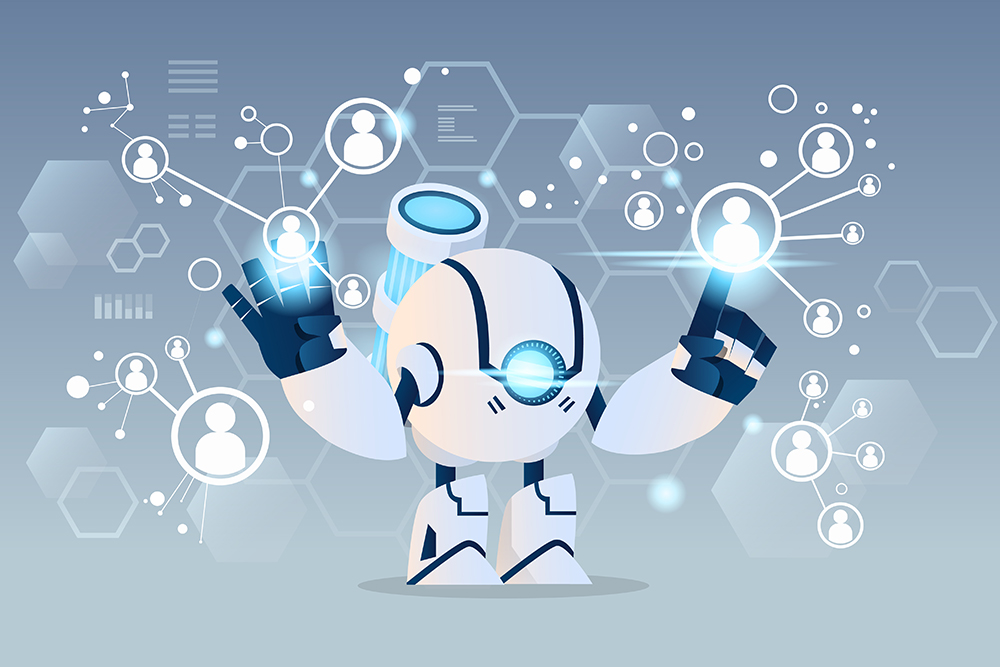Enterprise resource planning (ERP) generally refers to the use of ERP processes and/or software to handle some or all of an organization’s system, process, and planning requirements. It’s basically a high-level business management system. When talking about an ERP, usually someone is referencing a specific ERP software, often classified as business management software, that consists of an entire set of applications that work together to run the business.
ERP systems can include components to handle things like:
- Planning, forecasting, budgeting
- Accounting, receivables
- Procurement/purchasing
- Sales, including pricing, ordering, and status tracking
- Inventory tracking
- Production needs and planning, including scheduling, workflow management, etc.
- Reporting, analytics, and compliance
- Performance management
- Payroll
- Recruiting
- Training
- Project management
- Supply chain management
- And more
Generally speaking, a major ERP system will handle as much of the day-to-day running of a business as the organization wants it to. It’s typically implemented as one large system that integrates all of these different aspects of running the business into one place.
ERP systems can be complex, as they typically will have many inter-related components. They will require training for all employees who interact with the system for their work. While each department will use the system differently, everyone will access it through the same interface.
Organizations who utilize an ERP typically cite things like the ability to keep everything all in one system and the ability to minimize duplication of efforts as some of the key reasons for implementation. Other benefits include:
- Inter-departmental communication can be facilitated in the system, allowing people to communicate easily and minimize misunderstandings because they have access to information.
- Different users can see the information they need to do their jobs well, without necessarily having to request it from other departments.
- ERP systems also create opportunities to look at the organizational operations as a whole, including various aspects ranging from budgeting to sales to forecasting. This can allow for better decision-making at the senior level.
- Having everything in one system eliminates costly duplications and reduces the chances for errors in data since it’s stored in one central location.
- Data can be updated and viewed in nearly real time, which also aids decision making.
- Today, many ERP systems are web-based and can be accessed from anywhere with an internet connection. (In the past, they were based on an internal system, and had to be downloaded onto an employee’s computer to use.) This means access is easy.
The HR management team cares about the ERP not only because it may be where the payroll and performance management systems are located, but also because the ERP facilitates communication between groups. It is also one of the primary areas nearly all employees will need some form of training to use it. All of these aspects fall under HR purview in many organizations. As such, the HR team members will also need ERP system training, and may later be responsible for ensuring other employees get the same.

